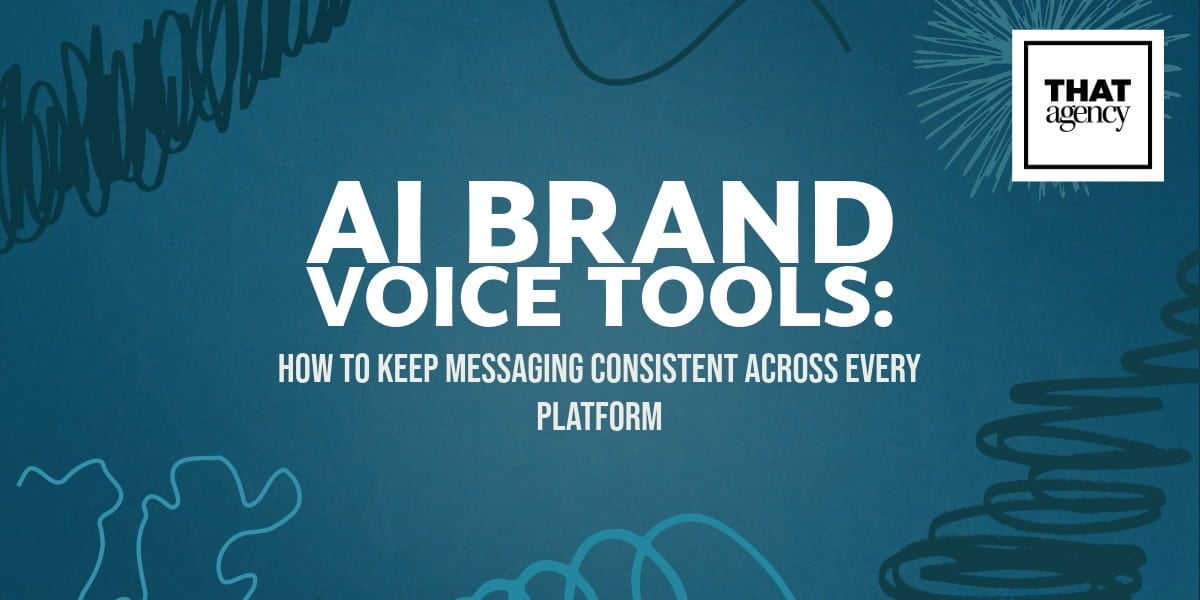In a 1996 essay, Bill Gates penned the ultimate buzz phrase: "Content is king.” Nearly 30 years later, the king is still reigning. But that is not to say it has not evolved with the times. In fact, it is a dynamic and ever-changing field that can hold the utmost importance for your brand.
Reach and engage people; tell your story with impact; foster trust and build your authority. Content helps you accomplish all of these goals and more, including making a bottom-line difference in your business.
With that said, many digital marketing trends in 2023 will revolve around content. What do you need to know?
Marketing Trends and Strategies for 2023
Put these digital marketing trends on your radar in 2023:
-
Develop User-Focused Content
Even if you are not an expert in search engine optimization (SEO), you know that it is far more important to create high-quality, original content than it is to build unwieldy pieces that stagger under the weight of their own keywords.
You are not creating content for Google or other search engines; you are creating content for real, live people with interests, goals, challenges, and needs. The byproduct of doing so is better rankings in the search engine results pages. So, by creating user-focused content, you score a grand slam.
When developing content, always come at it from a user-centric mindset. What is relevant to them? What do they want and need to know more about? What are they curious about? What are their pain points, and how can you point them toward a viable solution? Ensure your content meets their needs.
This isn’t a “trend.” It should be central to any content marketing strategy – a year in and a year out.
-
Interactive Experiential Content
Your audience doesn’t want static content that just sits on a page. Or not only static content; when they are interested in learning, a bank of informative articles, whitepapers, reports, case studies, etc., is invaluable.
However, you need to add to the mix with interactive experiential content. It can be as easy as turning the material you already have in an article or whitepaper into a video or infographic.
You might also consider creating games, quizzes, calculators, assessments, and other formats that encourage engagement and appeal to people who learn and process information in various ways.
In this way, one idea – one blog, one article, one ebook – can become multiple different types of content, ensuring you hit your prospects and customers correctly.
-
Tell Good Stories
People innately love stories; this is how we have learned and grown even before we could write, send letters, email, or text. Communities gathered ‘round to hear legends and tales. It fills a need in us, and our brains respond. We connect – again, on a neurological level – to the characters. When your brand is the “hero,” it helps feed a connection and foster trust.
In the B2C realm, think about Nike. Talk about a master storyteller! Every ad is a story of adversity and triumph, failure and success, determination, grit, and perseverance.
It resonates with everyone, from elite athletes to someone lacing up their sneakers for a first run around the block. They respond to the emotion and feeling that the ads' characters resemble them.
What about B2B? Buyers here tend to be a little more driven by data – but you can still weave a good tale about a problem a client/customer faced and how you delivered the solution via your products/services. You add in real numbers, facts, and figures and have a captive audience.
-
Tell Your Stories In Impactful Ways
Again, today’s consumers want more than static content; they want to be engaged. You can do this by telling your brand story in different ways. For example:
- Video. More than 80% of content online is video. We consume it voraciously; for example, the two most popular video-based platforms, TikTok and Instagram, see an average of 95 and 53 minutes of daily use per user, respectively. As much as people love stories, we tend to process information more effectively visually. This is another way to reach people where and how they want to be reached.
- Podcasts. Want to talk about an important topic that’s also a little more in-depth or complicated? Want to do a series relevant to your customers and brand? Want to bring in experts and guests? A podcast is a great avenue to explore; it may keep people tuning in episode after episode.
- Data-Based Research Studies. As mentioned, most B2B buyers and some B2C buyers want the facts as the main course (you can sprinkle on a little emotion for flavor). Conduct original research (e.g. case studies, customer surveys, etc.) and publish case studies. This appeals to those needing evidence for their purchase decisions and establishes you as an authority in your field.
-
Create Shoppable Content
Make the buying process as streamlined and smooth as possible. Shopping content is designed to improve the buyer experience. B2C shoppers can buy with a quick click of a button.
B2B typically takes longer; to facilitate a seamless process, you can integrate videos, articles, and other content assets that they can peruse and click through to make a purchase just as easily as if they were buying shoes, groceries, or books, for example. Shoppable content, whether through images, videos, magazines, and social media posts, makes it easier for people to take the next steps with your brand.
These five content marketing trends and strategies for 2023 are just the tip of the iceberg. To learn how to get your strategy ready for the new year, contact THAT Agency.




